What is an actuator?
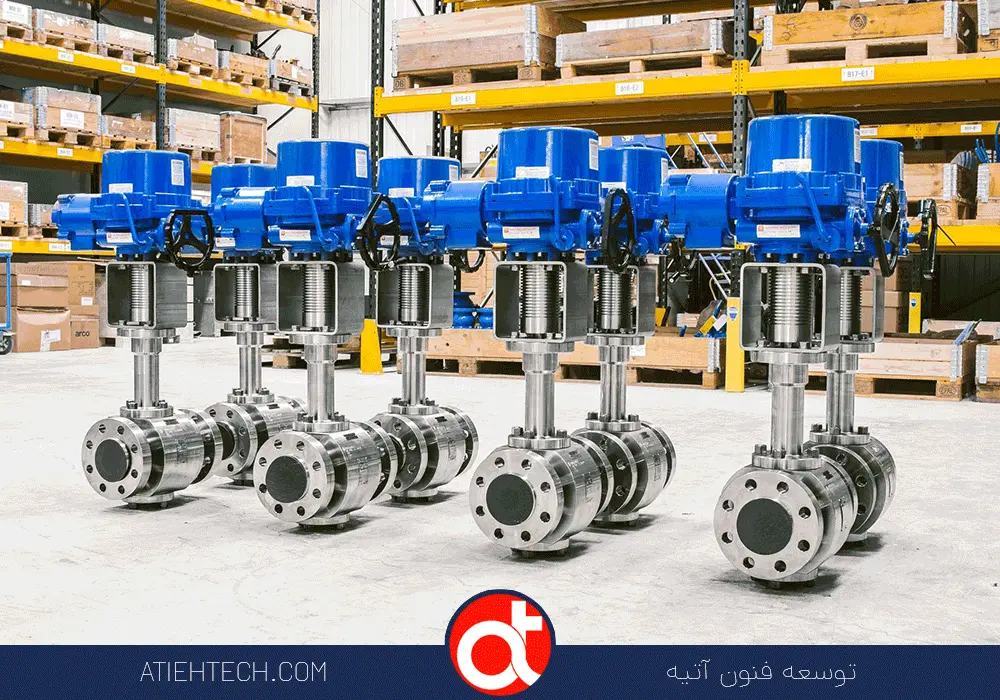
What is an actuator?
What is an actuator? An actuator is a mechanical device that is responsible for opening and closing valves. These devices play a key role in controlling the flow of liquids and gases in various systems and can operate using electricity, air, or hydraulics.
There are several ways to open and close a valve, but one of the most convenient and efficient methods is to use various actuators. These actuators vary depending on the type of valve, input power requirements, and other parameters.
For example, actuators can be used to open and close drip irrigation inlet valves, water heaters, and even large industrial valves. Choosing the right actuator depends on the specific needs of the system and operating conditions, as each type of valve requires its own actuator.
To purchase the actuator, please visit the products page.
What is a pneumatic actuator?
What is a pneumatic actuator? They are devices that use the power of wind or compressed air to open and close valves and various mechanisms. These types of actuators play an important role in industrial and automation systems due to their unique features.
Key Features of Pneumatic Actuator:
High performance speed:
One of the clear advantages of these actuators is their high opening and closing speed. This feature is especially important in industries that require fast response. For example, in production lines where precise timing and high efficiency are essential, pneumatic actuators can quickly improve the performance of various parts.
Size and power range:
Pneumatic actuators are available in a variety of sizes and powers. This variety in size allows the user to choose the right model for their specific needs. Compared to other types of actuators, a wider range of sizes can be seen, depending on the scope of different applications.
Function type:
These actuators can be double-acting or single-acting. In double-acting mode, the actuator can move quickly in both directions, allowing for better control over valves and other moving components. In single-acting mode, the actuator naturally returns to its original position with a spring, which is useful for applications that require less control.
Gradual and precise control:
Pneumatic actuators can be controlled and operated incrementally using electropneumatic positioners. This type of control is particularly important when precision and fine adjustments are required. With this feature, the position of valves can be adjusted step by step and with high accuracy, thereby improving the operation of more complex systems.
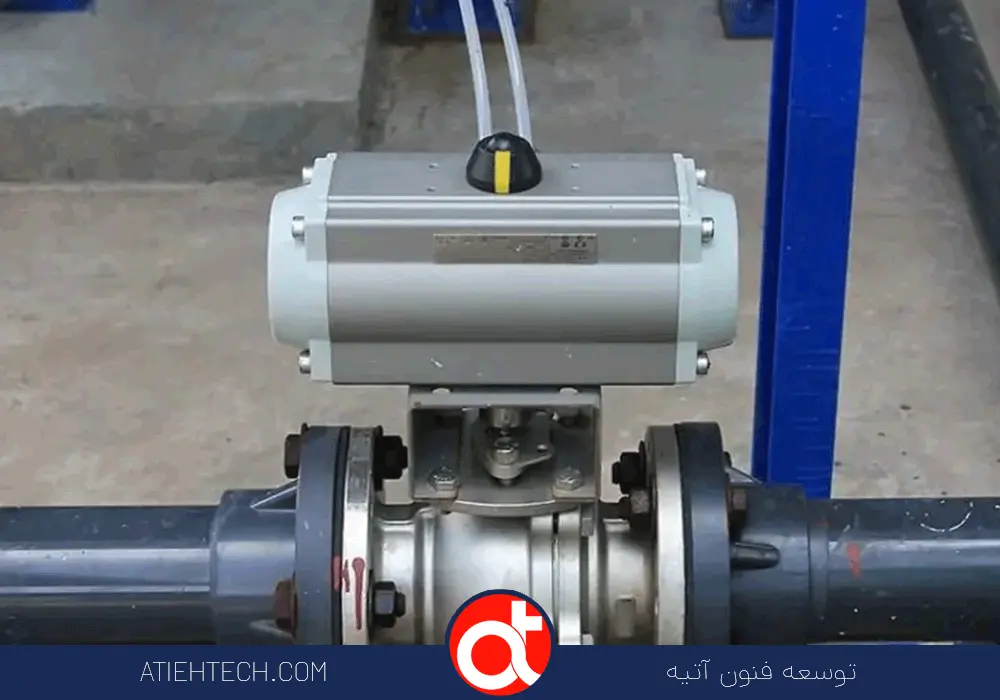
Key application of pneumatic actuator:
Pneumatic actuators are used in various industries. For example, in the automotive industry, food production, packaging, pharmaceuticals and even in chemical plants, these actuators are used as a key component for process control and automation.
As a result, pneumatic actuators are known as an efficient and fast solution for controlling valves and industrial equipment, contributing to the high productivity and efficiency of various systems.
What is an electric or electronic actuator?
What is an electric actuator, also known as a driver or actuator, is one of the key equipment in the field of instrumentation, automation and control. The main function of this device is to control industrial valves using electrical power. This feature makes electric actuators essential and efficient for many industries and applications.
To purchase an electric or electronic actuator, please visit the products page.
Key features of the electric actuator:
Operation based on electrical power:
Electric actuators operate using electrical power. This feature allows them to be easily connected to existing electrical networks and provide precise control over the movement of valves.
Input signal types:
These actuators can operate in either single or step mode. They are controlled using various signals such as 4-20 mA and 0-10 V. This feature allows the user to make appropriate settings depending on the system requirements.
Voltage variation:
Electric actuators are designed and manufactured in different voltages, namely 110, 220 and 24 V. This variety of voltages allows users to choose the right actuator for their systems and easily use them in a variety of conditions and environments.
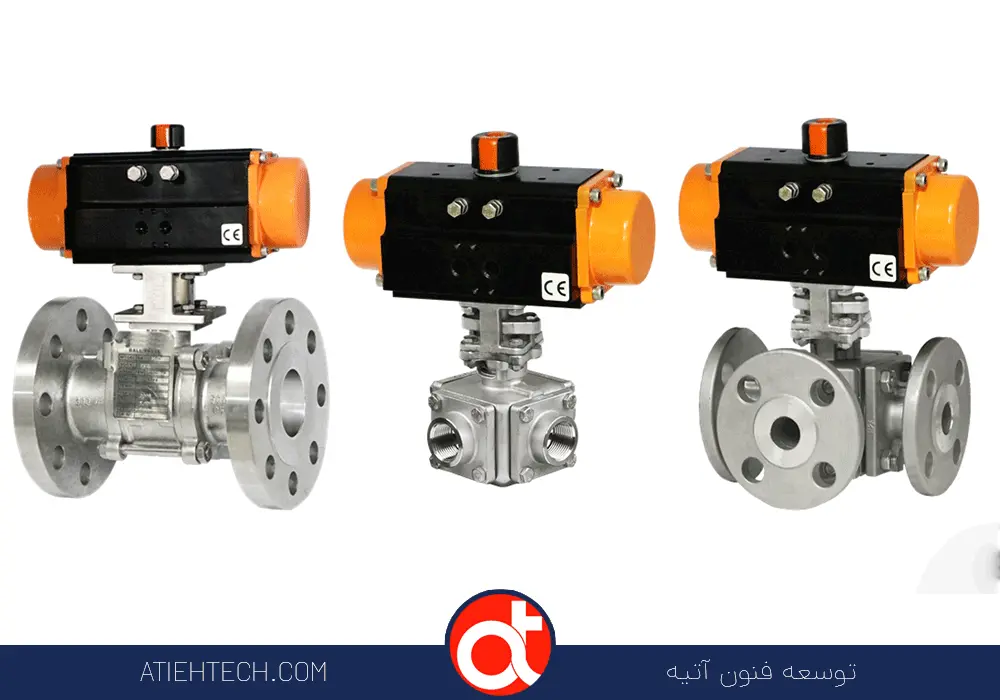
Key application of electric actuator:
These actuators have a wide range of applications in various industries, including oil and gas, petrochemical, pharmaceutical, and food production. For example, in process control systems, electric actuators enable precise regulation of the flow of liquids and gases, thereby helping to optimize the performance of production lines.
Ultimately, electric actuators play a very important role in electronics, automation, and control processes as an effective and precise solution for controlling valves and industrial operations.
What is a hydraulic actuator?
What is a hydraulic actuator? It is an important piece of equipment in the field of precision instrumentation and automation that is designed and manufactured to control industrial valves using hydraulic power. These types of actuators are usually very effective in applications that require high force transmission and efficient efficiency.
Key features of hydraulic actuator:
Operation based on hydraulic power:
Hydraulic actuators generate force using pressurized fluids. These fluids are delivered to the system by hydraulic pumps, which allows the actuator to produce fast and powerful movements. This feature makes these actuators an ideal choice for industrial applications that require high spatial forces.
High Power Transmission:
One of the most important advantages of hydraulic actuators is their ability to generate and transmit very high forces. This property allows them to be used in applications such as heavy equipment, industrial machinery, and construction work, where high forces are required.
Operational diversity:
These actuators can be operated in either double-acting or single-acting modes. The double-acting type allows them to operate in both directions, while the single-acting type is spring-loaded to return to the original position. These choices provide different capabilities in controlling and adjusting the actuator:
Applications:
Hydraulic actuators are used in various industries, including oil and gas, automotive, construction, and mining equipment. For example, in powerful machinery such as excavators and cranes, hydraulic actuators are used to move heavy parts and perform complex tasks.
Ultimately, hydraulic actuators are known as a powerful solution for controlling valves and increasing productivity in industrial processes, and they play a significant role in optimizing the performance of various systems.

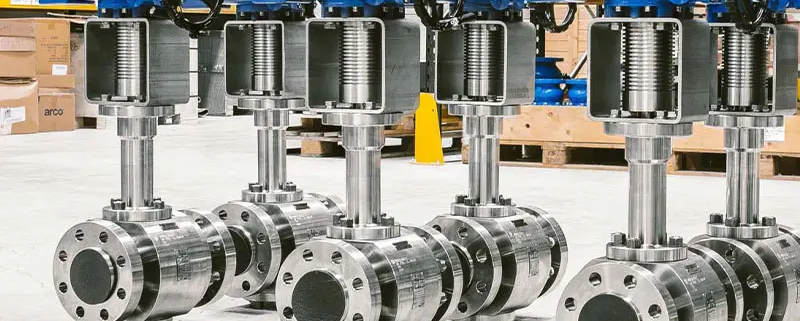

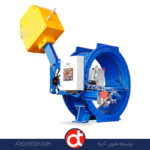
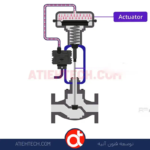

Leave a Reply
Want to join the discussion?Feel free to contribute!